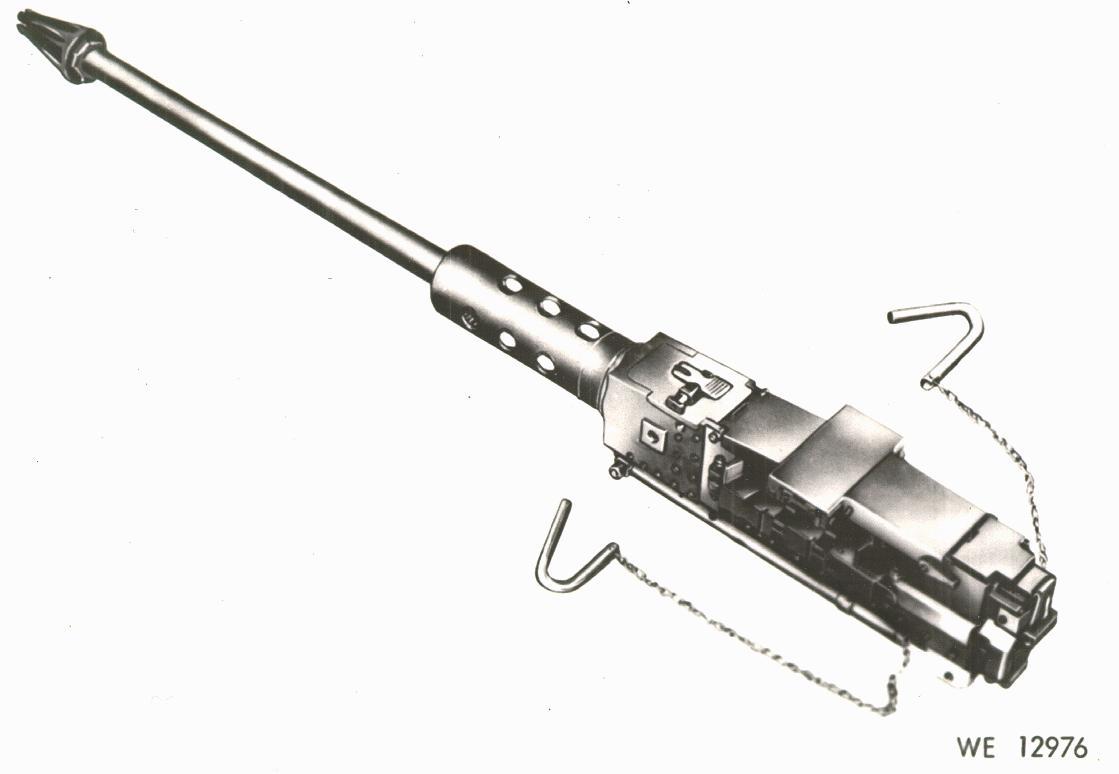The Israelis had two situations that came to pass at the same time: the appearance of the Soviet BMD-1 with 73mm rocket-gun and enough frontal armor as to be .50-caliber proof, and the emergence of rotary wing attack helicopters among the Arab armies facing them.
About the same time the Israelis retired the aging Dassault MD 450 Ouragan ground attack aircrasft they'd obtained from France in the early 1950s. And those aircraft mounted four 20mm guns apiece, enough to outfit two of the rebuilt M16 halftrack gun mounts. The 20mm could either reply against fast-moving aircraft of fighters, or could be used for ground support against troops or light vehicles, including the BMD.
I made a similar discovery to yours, but for different reasons. Our battalion used four of the M114A1E1 tracked recon vehicles with the M139 20mm autocannon, that itself worked okay, but which suffered feeding problems with the power turret mount setup. Accordingly, while our guns were off to Ordnance for some more parts changes and upgrades, we mounted a single .50 M2 HB TT on the power mount, quite a step down from the 20x139mm autocannon. Worse, when the 105-round box of ammo ran empty, the commander had to reload manually, from an exposed position. Worse, the M2 used the same linked ammo as all the other M2 .50s in Headquarters company- the tracked vehicle retreivers, mortar tracks, ground surveillance, and supply and cook section trucks. The tanks in our line companies, on the other hand, used the M85 .50 in M9 link belts. And the M114s worked out in the field with the M60s, not *in the rear with the gear.* And when one tank got turned in to Ordnance after a fire, a creative scout team platoon leader and an innovative HHC armorewr spent a couple of days with the temporarily excess gun, and with a little assistance from the motor pool's welder, fabricated a mount that fitted the spare M85 where an M2 had been. A couple of cures for the limited supply of ammo were worked on, ranging from the use of a modified 5-gallon jerrycan to hold ammo belts, to the *tombstone* 225-round can of a quad .50, to coiling a long belt of .50 ammo on a *pan* cut from the lower 12 inches of a 55-gallon oil drum.
The battalion commander was impressed enough to authorize building three more mounts for the 3 other recon tracks, with the guns coming from the three M60A1 tanks in the Headquarters Company tank section- the HHC tankers were glad to get externally mounted .50s that could be used on their external gun mounts, and they were around the HHC sources of ammo supply. The recon teams were glad to get the ammunition commonality with the line tank crews and the choice betweeen standard and *fast fire* offered by the M85 .50, nearly double that of the Infantry gun. But with that powered mount suitable for the weight of the light cannon and its ammo, it dibn't take long for one track to be set up to take three guns, two side-by-side in back and one set a bit forward. The official paperwork on the arrangement was submitted, and 7th Army headquarters ordered a live fire test be made at the Grafenwohr gunnery range complex. The four vehicles were loaded aboard flatbed semis, with three guns each borrowed from the tank crews.
12 .50 MGs, with twice the rate of fire of the M2 Browning .50...it was impressive, especially at night, with tracers. In fact, the three guns set on the high rate actually exceeded the rate of a quad-.50 AA gun mount, at least until the ammo ran out. In practice, the forward gun was usually set on the slow rate, and the rear two fast, since the front gun was the hardest to reload. But in all, the setup was very reliable, and the films taken of the tracks engaging moving targets and shot-up tank hulks was as good as anything from Hollywood. It worked.
The test unit returned home, and the borrowed tank guns were returned to their rightful users...but the mounts stayed fitted, as guns could be scrounged if necessary, at least enough for twin guns on each of the four tracks. Eventually, the M114 was replaced with an M113A1 configured for a scout team, and the two extra M60 MGs made up for the massed firepower of the multiple .50s.
But it's worth remembering what a couple of hot-rodding tankers with a couple of extra guns and some cut-and0try engineering skills can come up with. And it's not just limited to tacking on an extra MG where it wasn't planned by an ordnance engineer....
